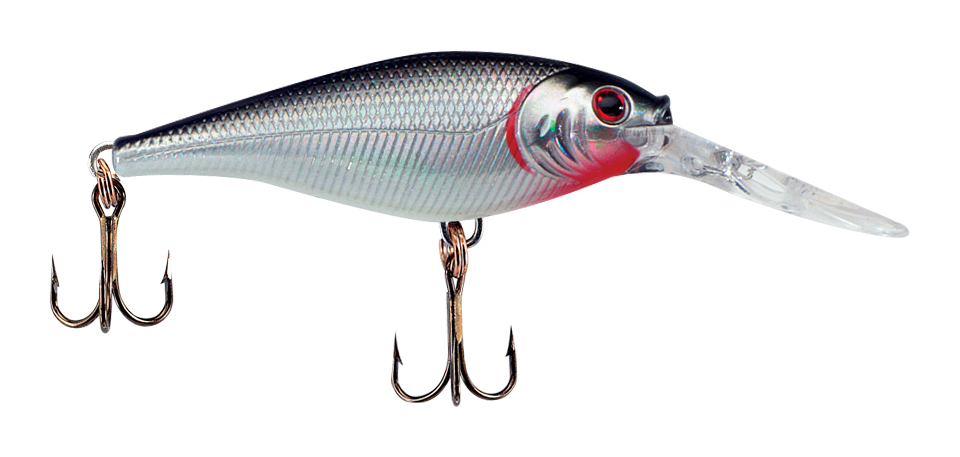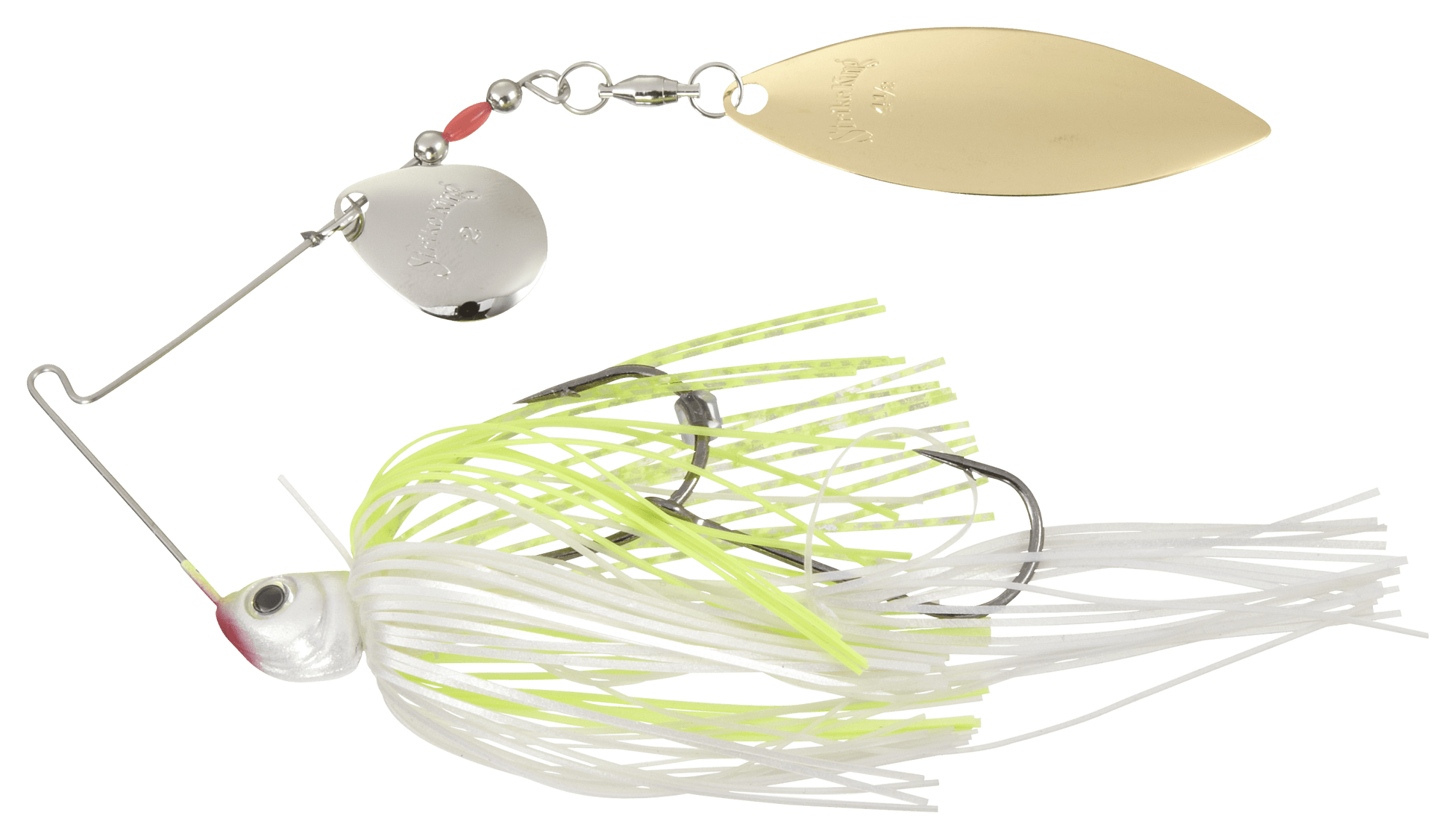Types of fishing lures include crankbaits, spinnerbaits, topwater lures, soft plastics, swimbaits, jigs, spoons, and jerkbaits. Each type imitates different prey behaviors and can be used for various fishing conditions, techniques, and target species, making them essential tools in an angler’s tackle box.
It can be confusing when looking through your local tackle store at the thousands on thousands of different types of fishing lures. Different shapes and designs, some with bibs and some bib-less, different colors, depths, hooks, and motions.
Thankfully you can narrow down these thousands of options into a few simple categories. This will help you to identify which type of lure you should be looking for and then selecting a few different sizes and colors that you can change during your fishing adventure depending on what the fish are looking for.
I have put together this overview of the most popular types of fishing lures available and how they work, when they should be used, and an example of the best seller product available at the moment.
| Lure Type | Description | Common Uses |
|---|---|---|
| Crankbaits | Hard-bodied lures with a diving lip that create a wobbling action when retrieved. | Targeting bass, pike, walleye, and other predatory fish in various depths; effective around structure like rocks, trees, and drop-offs. |
| Spinnerbaits | Lures with one or more spinning blades on a wire frame, often featuring a skirted body and a hook. | Effective in shallow water and around vegetation for bass, pike, and muskies; also used for panfish, walleye, and trout. |
| Topwater Lures | Lures that float on the surface of the water and create commotion, imitating wounded prey. | Fishing for bass, pike, and muskies in shallow water, especially in early morning or late evening when predators are more active near the surface. |
| Soft Plastics | Lures that float on the water’s surface create commotion, imitating wounded prey. | Versatile for various species and techniques, including Texas rigging for bass, drop-shotting for walleye, and jigging for crappie. |
| Swimbaits | Soft or hard-bodied lures that mimic the swimming action of baitfish, often featuring a jointed body. | Effective for bass, pike, and walleye, especially in cold water or when fish are inactive and require a more subtle presentation. |
| Jigs | A weighted hook with a lead head, often dressed with a soft plastic body or natural materials like hair and feathers. | Effective for a variety of species, from bass and walleye to panfish and trout; versatile for vertical jigging, casting, or pitching. |
| Spoons | Metal lures shaped like a spoon that wobble and flash, imitating a wounded baitfish. | Popular for casting and trolling in open water, targeting species like trout, salmon, walleye, and pike. |
| Jerkbaits | Hard-bodied lures with a slender profile and little to no built-in action, typically fished with a “jerk and pause” retrieve. | Effective for various species, from bass and walleye to panfish and trout; versatile for vertical jigging, casting, or pitching. |
| Fly Fishing Flies | Artificial lures made of feathers, fur, or synthetic materials tied to a hook, imitating insects or other small prey. | Used in fly fishing for trout, salmon, steelhead, and many other species; dry flies imitate insects on the surface, while wet flies and nymphs imitate subsurface prey. |
| Squid Jigs | Lures designed to imitate small prey, featuring a weighted body and prongs to snag squid tentacles. | Targeting squid and cuttlefish; often fished at night or in low light conditions, sometimes with a lighted jig. |
| Trolling Lures | Large, often brightly colored lures designed for trolling at high speeds, imitating large baitfish or squid. | Used for offshore game fish like marlin, tuna, dorado, and wahoo; also effective for freshwater species like muskies and large pike. |
Table of Contents
1. Crankbait
Crankbaits are one of the most simple and popular fishing lures in North America. They are named Crankbaits because of the way you use them – just crank your reel. The lures are designed to move through the water in a specific way at a specific depth at a normal retrieval speed.
The only thing you may want to adjust is how fast your retrieve your lure – just place it in the water at the surface and retrieve it until you see it begin to dive and move in a motion that would attract fish.
Most crankbaits are hard body lures with a bib on the nose to control their depth. The depth that you select will depend on the species of fish you are targetting and the location – for example if you are fishing in a shallow lake then you won’t want a deep diving lure.
Target Species – Almost all fish species
How to Use – Retrieve your crankbait in a slow and steady motion to the target depth

2. Jerkbait
Jerkbaits are more suited to retrieving fast for a few seconds and then stopping for a few seconds – hence a jerking motion.
Jerkbaits often don’t have a nose bib to control their depth and will sink on casting. So to control the depth you have give a few seconds for it to sink before you start retrieving it.
Jerkbaits come in a variety of materials from a hard body to a soft plastic. They are extremely versatile and will suit most water conditions and fish species.
Target Species – Almost all fish species
How to Use – Retrieve in a stop/go motion, allowing the jerkbait to sink in between
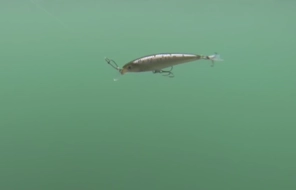
3. Spinnerbait
Spinnerbaits have a spinning body that creates a fast moving motion when retrieved. This gives off a noise and motion that attracts nearby fish.
Target Species – Spinnerbaits are primarily used for predatory fish such as bass, pike, and perch.
How to Use – You need to test your retrieve speed to make sure the spinnerbait stays at the correct depth with its proper motion. Too fast and you can pull the lure out of the water, too slow and it won’t move enough to attract fish.
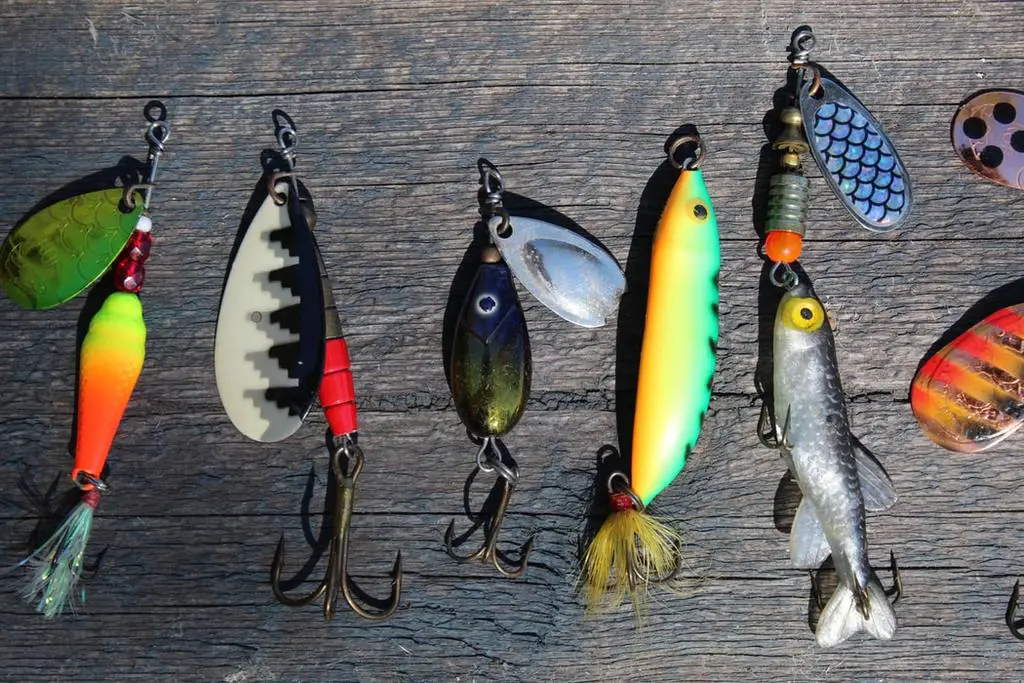
4. Spoons
Spoon lures consist of a metal weed guard around a hook. The guard gives the spoon a spinning motion through the water and gives off a lot of reflective light that attracts predatory fish.
The movement of the spoon is based on it’s shape and thickness, so get a few different sizes to give you enough flexibility to adjust depending on what the fish are biting.
Target Species – Spoon lures work best for predator fish like pike, bass, muskies, walleye, salmon, and trout.
How to Use – Retrieve your spoon in a slow and constant motion
5. Soft Plastic
Soft plastic lures are similar to jigs. They consist of a plastic body over the top of a weighted body with a hook protruding from it. The hooks often protrude upwards which gives it better protection from structure and weed on the bottom.
Soft plastics have gained popularity and are always coming out with new shapes and sizes.
You can also get soft plastic lures in the shape of frogs, mice, and almost any other type of bait that you can imagine. One of the most famous soft plastic lures is the Berkley Gulp!
Target Species – Soft plastic lures can be used for almost all fish species.
How to Use – retrieve the soft plastic in a stop/go motion and allow it to sink in between to reach the target depth.
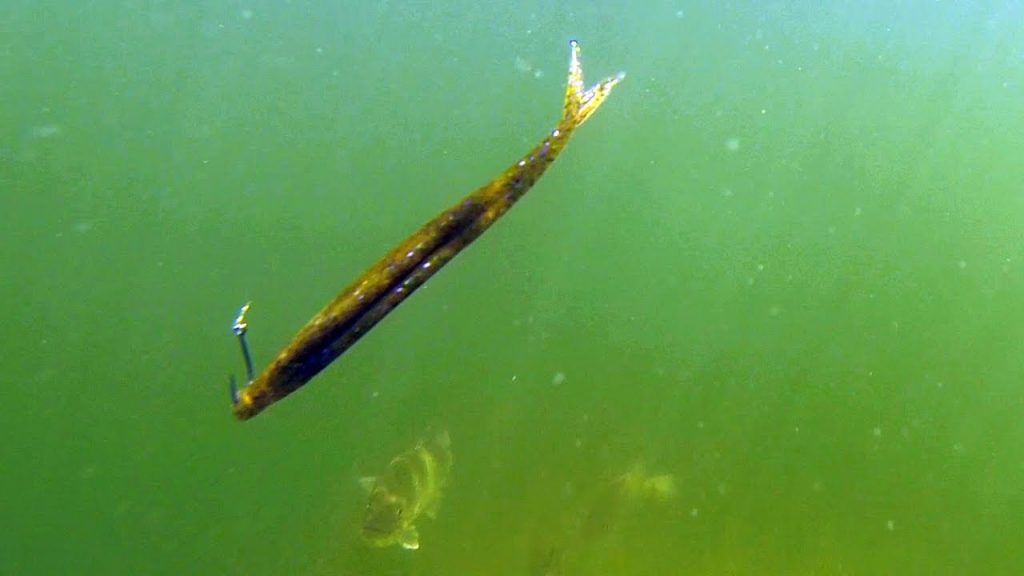
6. Fly Fishing Flies
When fly fishing, anglers use flies to mimic the insects and bugs that are native to the area. This means you need to be looking and aware of the size, shape, and color of your local bugs. The closer you can mimic the food of your target fish, whether it is salmon or trout, the more success you will have.
Fly fisherman often but in hours of work creating the perfect fly. My advice is to make sure you have enough variety so that even if your fish few don’t work you can change and still have a succesful fishing trip.
Target Species – Trout and Salmon
How to Use – Cast your fly onto the surface in your target spot and leave it to float for a few seconds before casting again.
7. Jigs
A jig normally consists of a sinker with a hook attached and covered in a soft plastic. This gives the lure a particularly useful motion as the head moves up and down in the water and the hook/body follows it just like a real fish would.
Jigs have grown in popularity over the last decade due to their variety of shapes and colors. You can truly get a fishing jig that suits all purposes. You can even get jigs that look like real bait such as frog jigs.
You can jig from all locations including a boat, beach, shore, river, or lake. The depth is set by how long you let the lure sink before beginning your retrieve.
Target Species – Almost all fish species will strike a jig similar to a jerkbait or soft plastic.
How to Use – You would normally retrieve it in a similar stop-go motion to that of a jerkbait.
8. Squid Jig
As the same suggests, squid jigs are design to catch squid. They don’t have a regular fishing hook, but a series of upwards facing prongs. These get caught in the squids tentacles when it grabs on – which means you have to retrieve your lure in a constant motion so the squid can’t let go and swim away.
Squid jigs often resemble prawn or shrimp in size, shape, and color. But select a design that mimics the bait of your local squids.
Pick a number of different colors and sizes before you head out after squid.
Target Species – Squid
How to Use – Retrieve your lure in a slow and constant motion
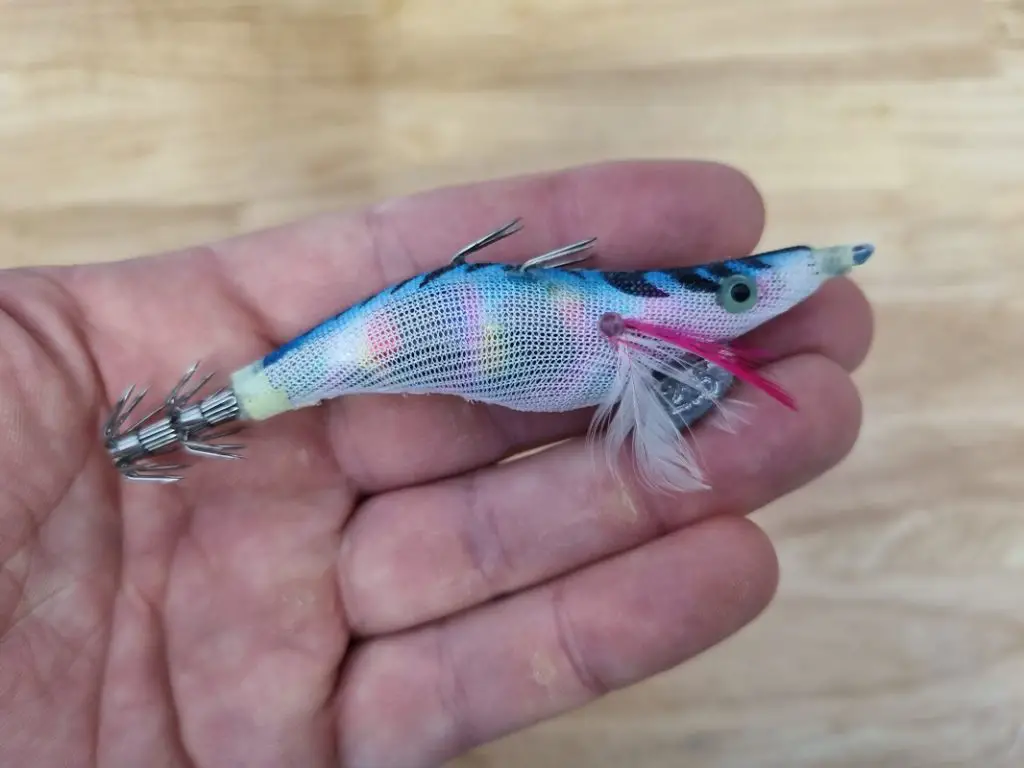
9. Topwater Lures
Also known as surface lures, topwater lures do exactly as you expect – they stay on the surface.
This is particularly useful for fish that eat insects or bugs like bass as it can mimic the local insect population.
Topwater lures are also great to use where there is thick underwater vegetation like a weed bed or sea grass. You can often get surface lures where the hook is pressed upwards against the body of the lure which prevents it from getting covered in weed.
Target Species – Predatory fish like bass, redfish, and tarpon.
How to Use – Retrieve in a fast constant motion or with a stop/go motion to give time for the fish to strike.
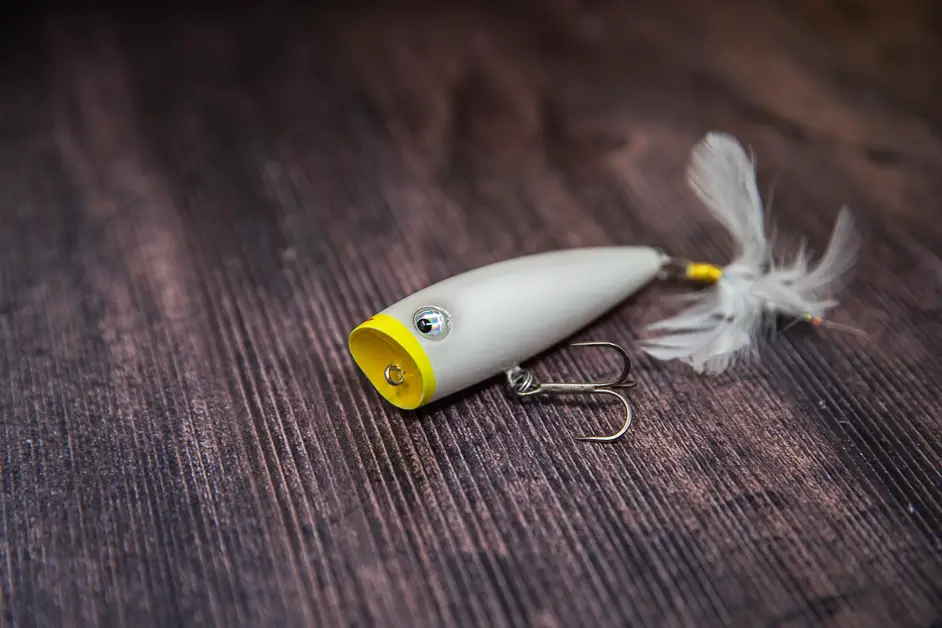
10. Skirted Trolling Lures
Skirted Trolling Lures are design to be pulled behind your boat at fairly high speeds when chasing big gamefish like sailfish, tuna or marlin. A lot of modern skirts where developed in Hawaii chasing blue marlin and yellowfin tuna.
The wriggle of the skirts around the bullet shaped head gives off a lot of motion that attracts predator fish from a distance.
My one recommendation when chasing big gamefish – don’t go for the cheapest option. When you are spending all day trying to catch one fish then that last thing you want to do is lose it due to a poor quality hook.
Pick quality every time.
Target Species – Saltwater fish like tuna, sailfish, and marlin
How to Use – Troll behind your boat at a constant speed – often used with teasers.
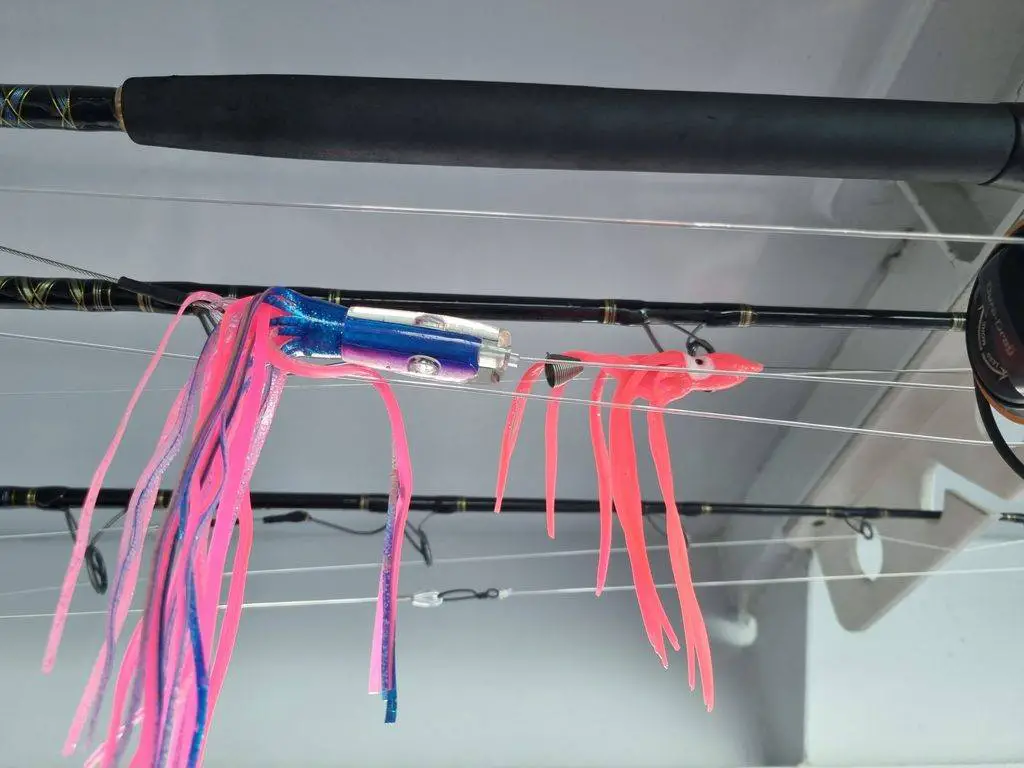
Conclusion
That brings us to the end of our overview on fishing lures. I have personally had success with all of these types listed above. For the most success, you really need to understand what fish species you are targeting, the depth you want to place your lure, and the size you need – both big and small fish can strike a small lure, but only a big fish can strike a big lure.
There are plenty of other resources online if you want some more information about fishing lure types.
Please leave a comment below if you have any other types of lures or particular ones that you recommend. We love to hear from our readers and learn from their wisdom and experience.
Happy fishing!

